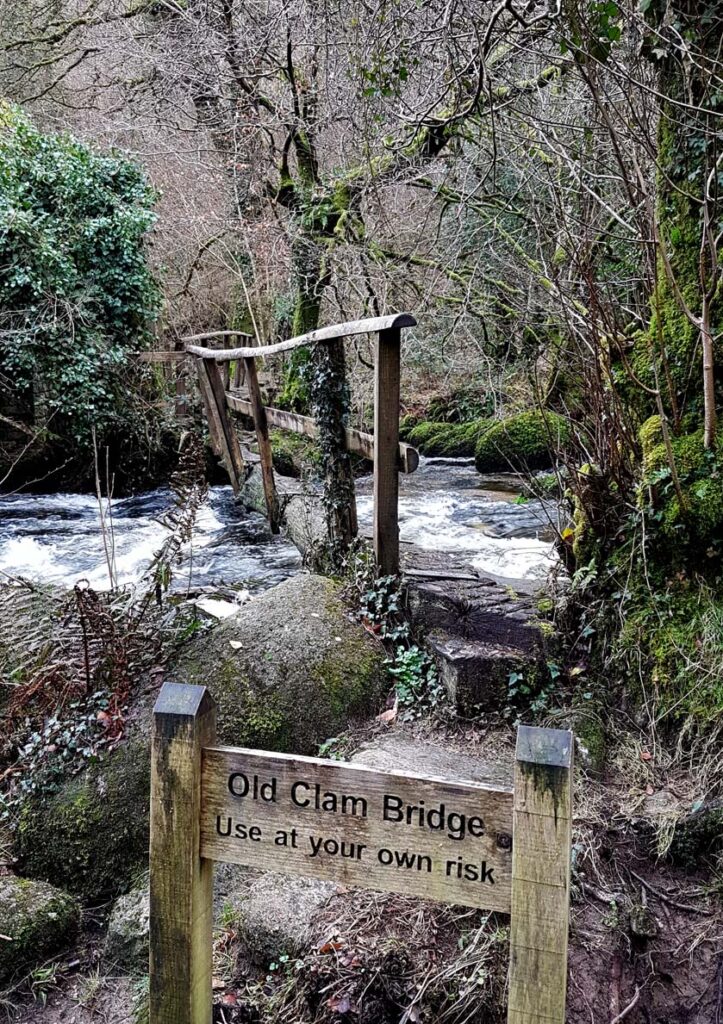
I read Kathleen Jamie’s book of essays, Surfacing, over January. As you would expect from Jamie, it’s a beautiful selection. She explores the life transitions going on in her own family against the background of an archaeological dig in Alaska, and another in Orkney. The parallels between the modern Yup’ik way of life, the 500 year-old buried Yup’ik village, and the Neolithic houses at Westray made for fascinating reading. I thought her unpicking of modern attitudes to the finds at the digs were particularly thought-provoking. I grew up near to an Iron Age hill fort, and spent many hours playing there, and I know I was ambivalent about it as a child. The fort was known as a “castle” locally, but to me it always seemed diminished; the steep earthen embankments overgrown with trees, a pathetic attempt at my idea of a castle. Where was the moat and drawbridge, the towers, the ramparts?
Funnily enough, my childhood attitude resembles current Orcadian attitudes to the Westray dig, which Jamie recounts in her book. The people she spoke to around Westray were far more interested in their Viking heritage than the peaceful homesteading of their Neolithic ancestors. Here in Devon, the Romans arrived not long after AD 43 and stayed until AD411. The indigenous Dumnonii are believed to have come to a peaceful agreement with the Romans, allowing them to continue their way of life largely undisturbed in the deep wooded valleys of Devon, which gave the tribe their name (‘deep valley dweller’). It’s perhaps easy to see the allure of the invaders: charismatic, muscle-bound soldiers full of adventurous tales, who made local farm-steading culture seem bland by comparison. I wonder how much we continue to be constrained by attitudes that perhaps first permeated local society all that time ago, meanwhile, thinking ourselves so enlightened. By contrast, the Yup’ik seem keen to reclaim the traditional way of life followed by their ancestors, unearthed during the dig, and nearly obliterated by Christian missionaries and alcohol. It’s a way of life, Jamie notes, which is likely to stand them in much better stead for coming climate change disruption than the ideology and lifestyle imposed by the missionaries.
Back in Devon, the Iron Age hill forts built from earth and timber in the 1st – 2nd century BC were still in use by the Dumnonii when the Anglo Saxons arrived in the 9th century. The Dumnonii engaged in guerilla warfare, sweeping down on Saxon villages from high places like Cadbury Hill Fort, not far from us. They were so effective that the layout of the village of Thorverton is built round a central square called the Bury where flocks could be quickly corralled should the Dumnonii be on the rampage. But the Dumnonii weren’t effective enough, ultimately pushed up on to Dartmoor and across the Tamar into Cornwall by the Saxons. We visited Cadbury Hill Fort the other weekend. Snow speckled the sky. The ground, hard as concrete. Icy mists shrouded the valley bottoms. It was easy to imagine the Dumnonii warriors, sweeping down on the village, a ghostly spectacle with their lime-washed hair, and woad-decorated skin.
The weekend just gone we climbed up through snowdrop-carpeted woods in search of the remains of a hill fort at Hunter’s Tor on Dartmoor. We’ve explored a few of the Dartmoor hill forts before. Cranbrook is particularly impressive, wide and expansive, with commanding views. Wooston hill fort was excavated fairly recently, and you can read about the findings of the dig here. Generally small, and multivallate (several ditches), this type of hill fort is only found in the Welsh Marches outside of the South West. It was cold but bright when we scrambled up to the top of Hunter’s Tor. From the ridge top there, it was possible to see for miles and miles in a full 360. It would have been a great spot for a fort, but sadly we could find little evidence of it now. I stood, surveying the horizon, wondering what the Dumnonii might have been able to tell us about living seasonally and sustainably in this land – the traditional treasure-trove akin to that slowly surfacing in Alaska seems so deeply submerged here, both in landscape and our minds, that I think it must be lost to us forever. Still, standing on the tor, it is amazing that the memory of these people and the folk memory of these ‘castles’ has persisted over four centuries at all, their ghosts still a tangible presence in the landscape. Perhaps not so far from the surface then.








Ah – a comment box for me to use!! Glad to see Avery is going ahead & love your purple crocus photo. Good thing your nursing training was useful to get Wren (plus headmaster) out of a pickle. Inventive title for the book & I can see why you enjoyed that read. I’ve been engaging with Poppy Denby again – lovely & compelling bedtime read, currently reading Bk 4 & about to order Bk 5 from my favourite local bookshop. Was flexi-furloughed in the end for January taking photos for shop website but now back on full furlough again but getting some book repairs done for R & catching up with other little projects that have been lurking about.
Ahh – lovely to hear you’re enjoying Poppy Denby. Reading has really been getting me through lockdown this time. Glad all is well with you. I bet R is very grateful for the book attention. Hoping to bump into you again soon! 🙂 xxx
Would love to talk to you about Surfacing some time as well. Very thought-provoking. I think you would have some interesting ideas about the way proselytising Christianity was melded with colonialism historically.